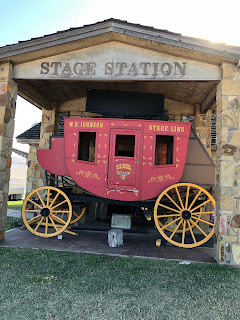Howdy!
Welcome to our newest addition to the blog - Historical Tidbit Thursdays!
This week we'll dive into the diseases and ailments the Comanches faced and what type of cures they utilized.
Medicine Bag:

The common ailments the Comanches faced included colds and pneumonia, rheumatism, arrow and other wounds which could get infected, broken bones, intestinal diseases, snake bites, etc.
There were several smallpox epidemics which killed many, many native peoples: 1816, 1839-1840, and 1861-1862.
Due to the emigrants that passed through their lands, Comanches were also exposed to Cholera which proved deadly. In 1849 a Cholera epidemic spread and killed many.
Some cures to common ailments included the following:
- Toothache - heated tree fungus pressed to aching jaw
- Cavities - dried mushroom stuffed into the hole in the tooth
- Constipation - boiling the cambium layer of the willow tree
- Open Wounds - pack the wound with grass to stop the bleeding
- Inflammation - Prickly Pear poultice
- Infections or Boils or other pains - medicine bone or "madstone"

A common cure-all among Native Americans was to use a sweat lodge to "sweat out" the ailment. For some ailments, this actually made it worse and helped to spread it more quickly. Interestingly, there are still sweat lodge treatments, especially as a last-resort for illness like cancer, going on today.
Source:
The Comanches: Lords of the South Plains by Ernest Wallace and E. Adamson Hoebel; ISBN#978-0806120409


Photo Credit: Medicine Bag: https://www.liveauctioneers.com/item/18328450_comanche-medicine-bag
Photo Credit: Sweat Lodge: https://www.warpaths2peacepipes.com/native-american-culture/sweat-lodge.htm






































 William O'Neal
William O'Neal
 Permelia O'Neal
Permelia O'Neal